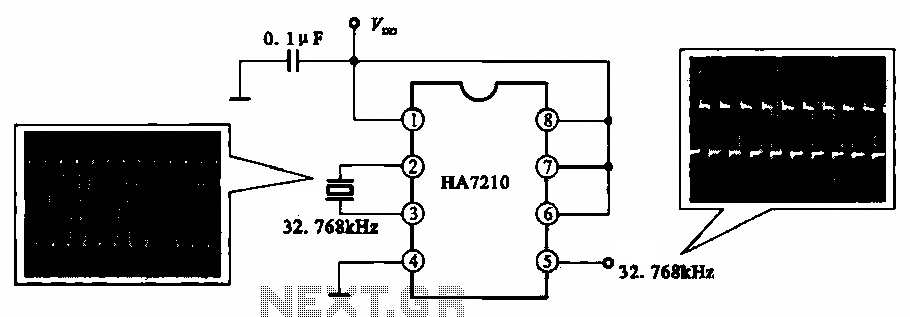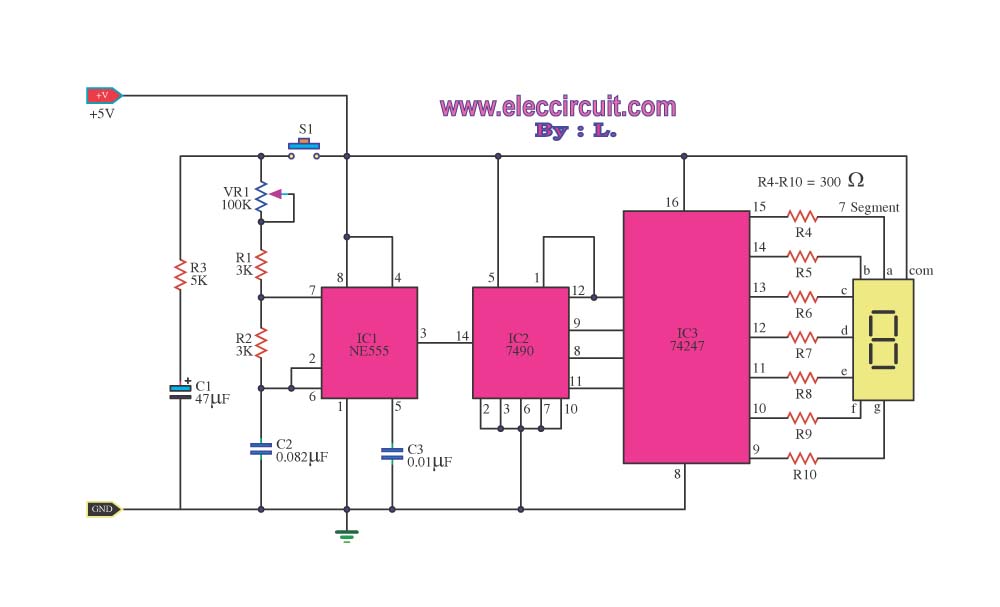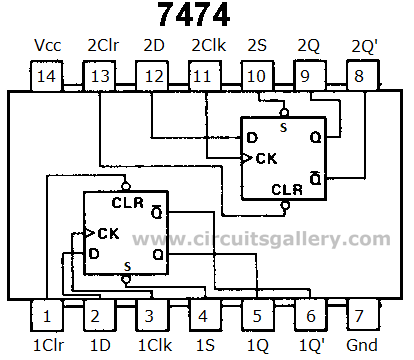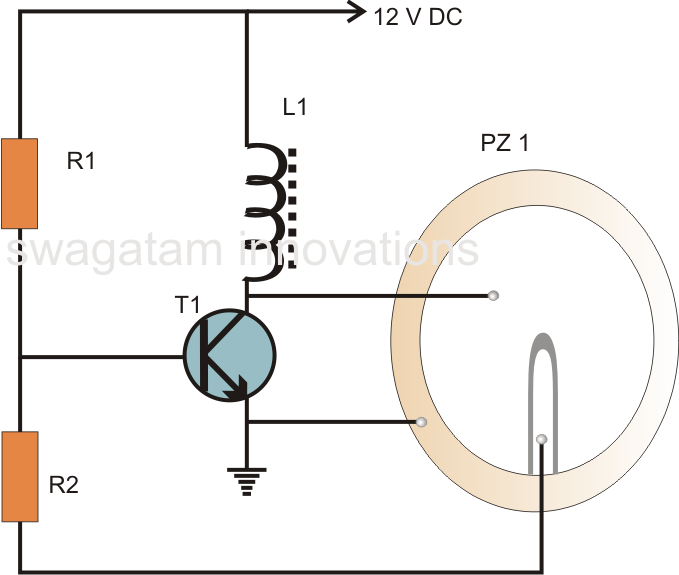
Rf Signal Generator Circuit
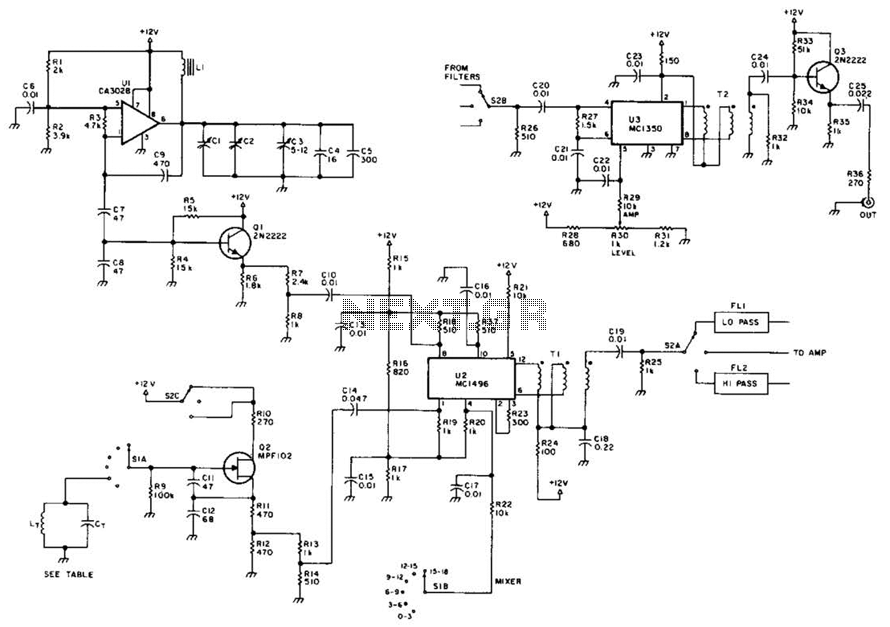
This circuit utilizes a voltage-controlled oscillator (VFO) operating in the frequency range of 15 to 18 MHz (U1), which feeds into a balanced mixer (U2). A fixed oscillator signal is combined with the VFO output to produce an output frequency ranging from 0.4 to 33 MHz. FL1 and FL2 serve as low-pass and high-pass filters, respectively, to remove unwanted mixer products. Additionally, amplifier U3/Q3 provides an output of up to 200 mV rms to the output jack.
The circuit design incorporates a voltage-controlled oscillator (VCO) as the primary frequency source, allowing for frequency tuning within the specified range of 15 to 18 MHz. The balanced mixer (U2) plays a crucial role in frequency translation by mixing the VCO output with a fixed oscillator signal, which is essential for generating a broader output frequency spectrum from 0.4 to 33 MHz. This mixing process is fundamental in various applications, including signal processing and communication systems.
To ensure signal integrity and reduce noise, low-pass filter FL1 and high-pass filter FL2 are implemented. FL1 effectively attenuates high-frequency components that may arise from the mixing process, while FL2 removes low-frequency artifacts, thus maintaining a clean output signal. The careful selection of filter components is critical to optimize the performance of the circuit and achieve the desired frequency response.
The output stage of the circuit is handled by amplifier U3/Q3, which is designed to deliver a robust output signal of up to 200 mV rms. This output level is suitable for driving various loads, including subsequent stages in a signal processing chain or direct connection to measurement equipment. The amplifier's design focuses on achieving low distortion and high linearity, ensuring that the output faithfully represents the mixed signal.
Overall, this circuit exemplifies a well-structured approach to frequency generation and signal processing, leveraging a combination of oscillators, mixers, and filters to achieve a versatile and efficient output suitable for a range of applications in electronics. This circuit uses a VFO operating from 15 to 18 MHz (Ul), which feeds a balanced mixer (U2). A fixed oscillator signal is mixed with this signal to generate an output from 0.4 to 33 MHz. FL1 and FL2 are low- and high-pass filters that are used to eliminate undesired mixer products. Amplifier U3/Q3 supplies up to 200 mV rms to the output jack. 🔗 External reference
The circuit design incorporates a voltage-controlled oscillator (VCO) as the primary frequency source, allowing for frequency tuning within the specified range of 15 to 18 MHz. The balanced mixer (U2) plays a crucial role in frequency translation by mixing the VCO output with a fixed oscillator signal, which is essential for generating a broader output frequency spectrum from 0.4 to 33 MHz. This mixing process is fundamental in various applications, including signal processing and communication systems.
To ensure signal integrity and reduce noise, low-pass filter FL1 and high-pass filter FL2 are implemented. FL1 effectively attenuates high-frequency components that may arise from the mixing process, while FL2 removes low-frequency artifacts, thus maintaining a clean output signal. The careful selection of filter components is critical to optimize the performance of the circuit and achieve the desired frequency response.
The output stage of the circuit is handled by amplifier U3/Q3, which is designed to deliver a robust output signal of up to 200 mV rms. This output level is suitable for driving various loads, including subsequent stages in a signal processing chain or direct connection to measurement equipment. The amplifier's design focuses on achieving low distortion and high linearity, ensuring that the output faithfully represents the mixed signal.
Overall, this circuit exemplifies a well-structured approach to frequency generation and signal processing, leveraging a combination of oscillators, mixers, and filters to achieve a versatile and efficient output suitable for a range of applications in electronics. This circuit uses a VFO operating from 15 to 18 MHz (Ul), which feeds a balanced mixer (U2). A fixed oscillator signal is mixed with this signal to generate an output from 0.4 to 33 MHz. FL1 and FL2 are low- and high-pass filters that are used to eliminate undesired mixer products. Amplifier U3/Q3 supplies up to 200 mV rms to the output jack. 🔗 External reference
